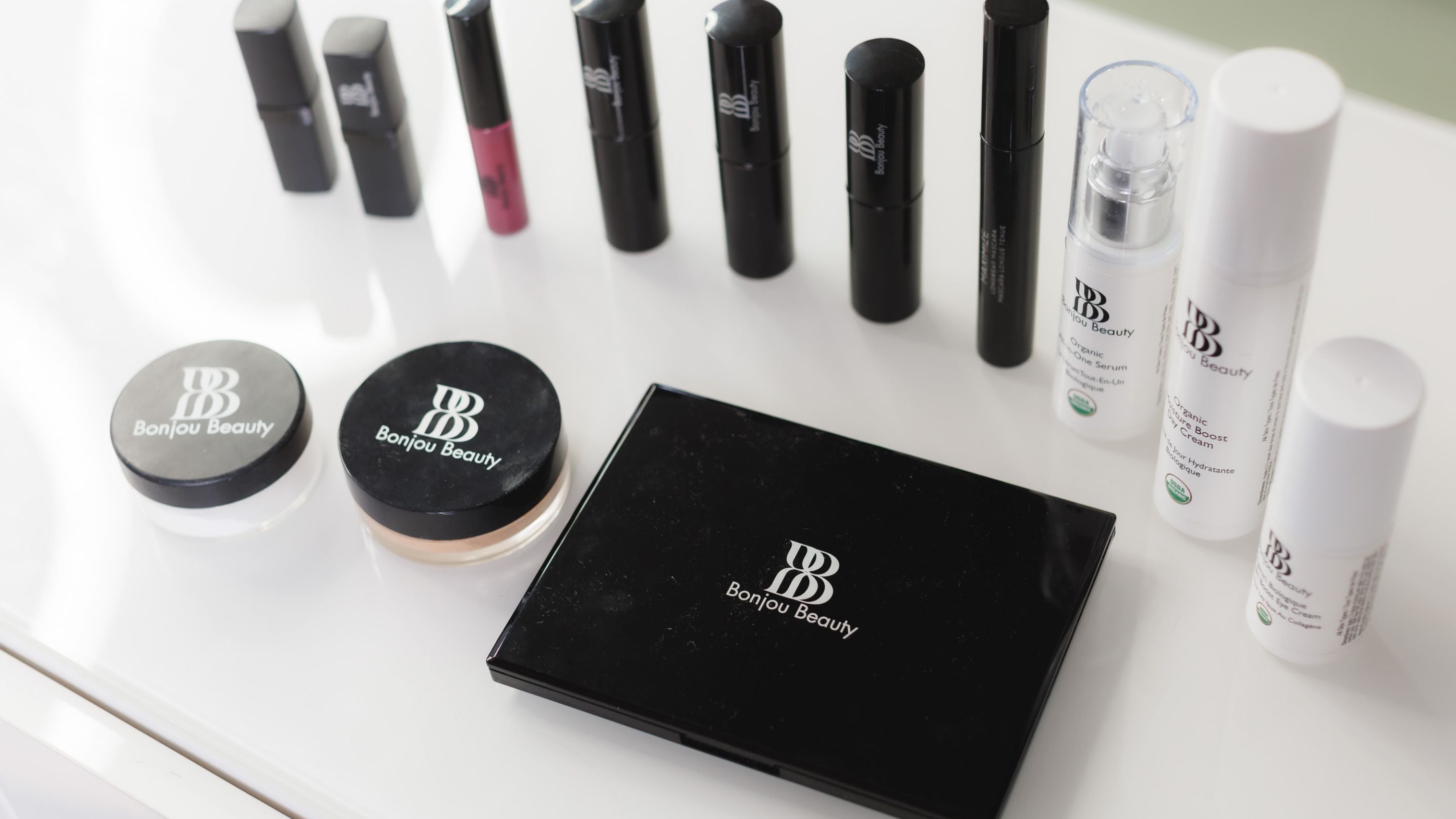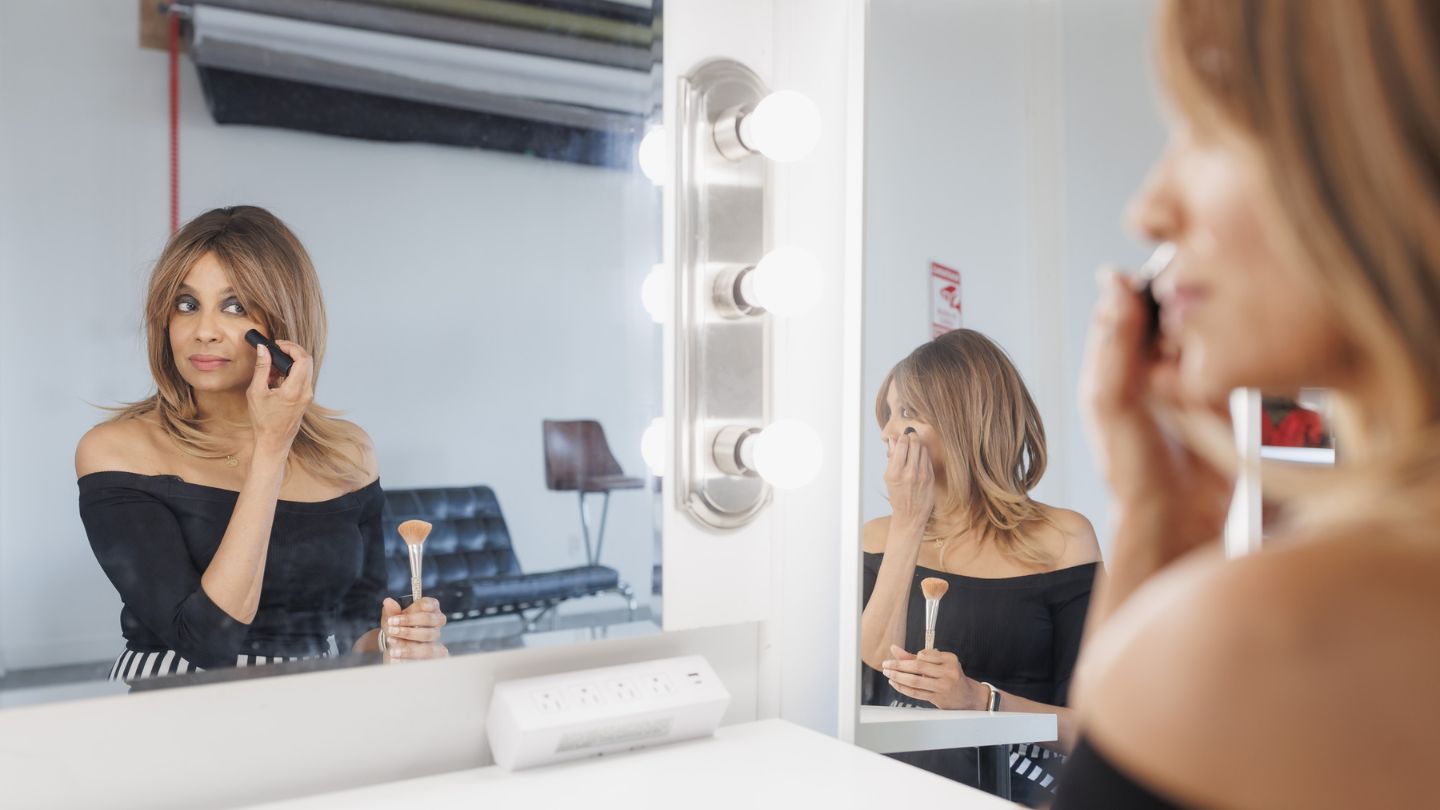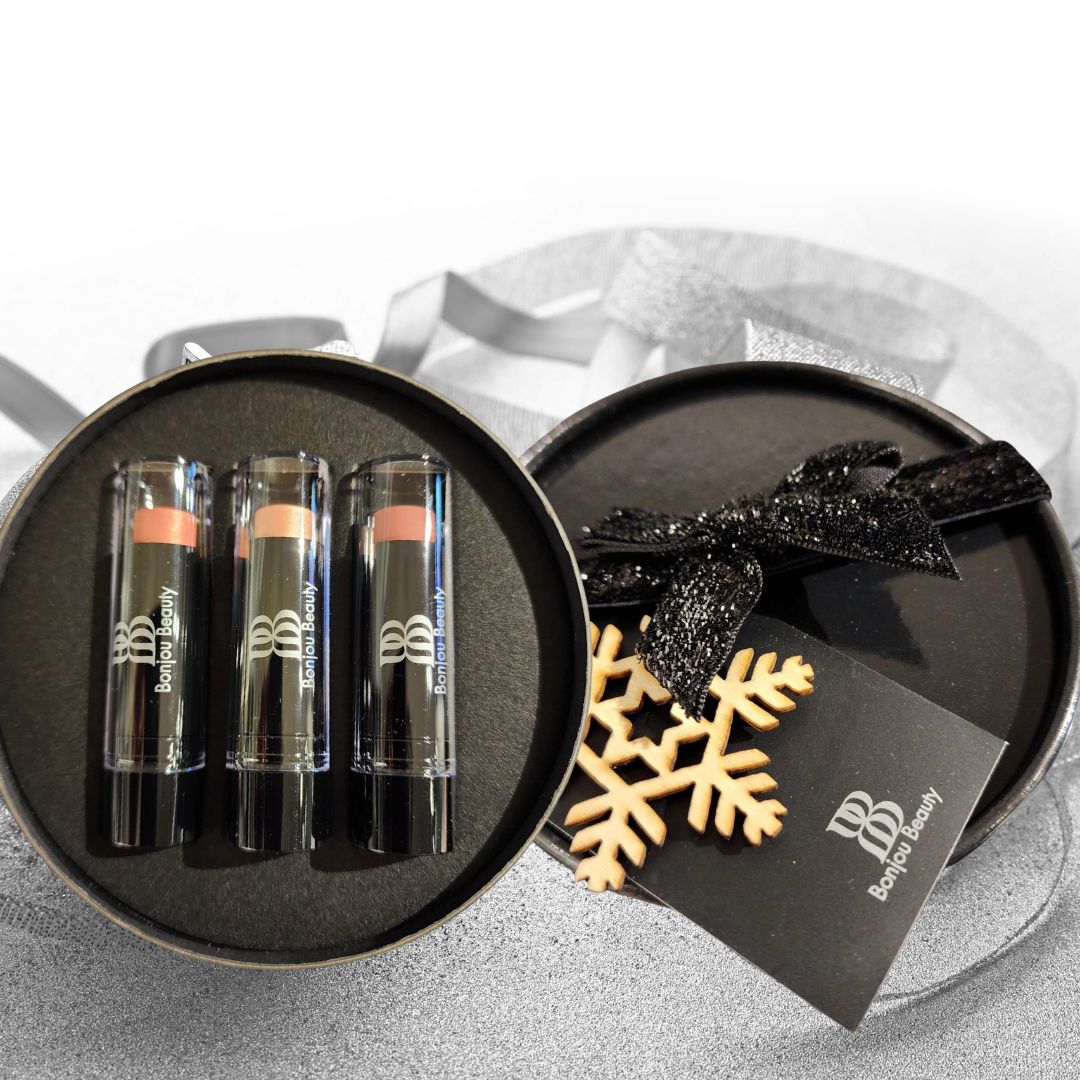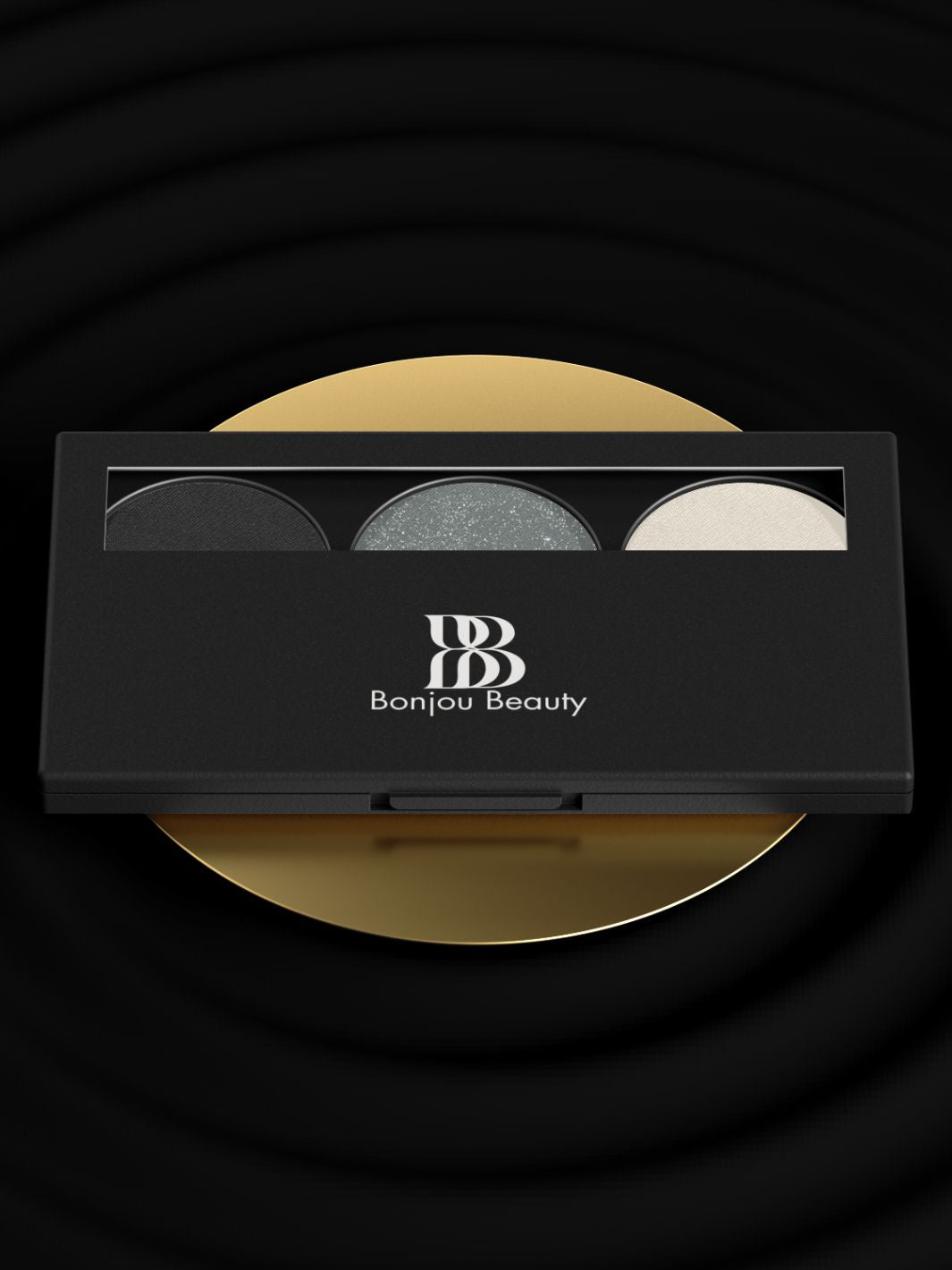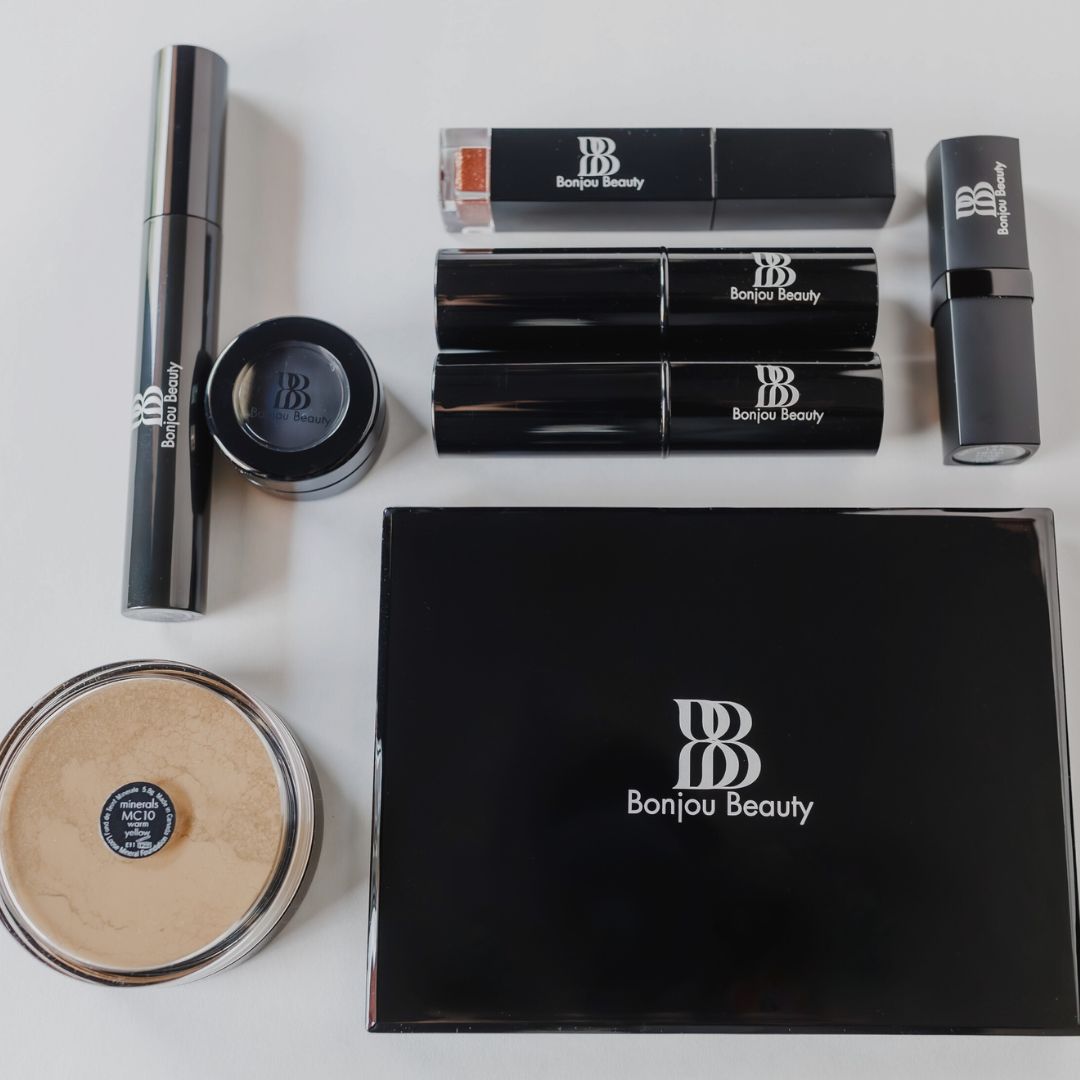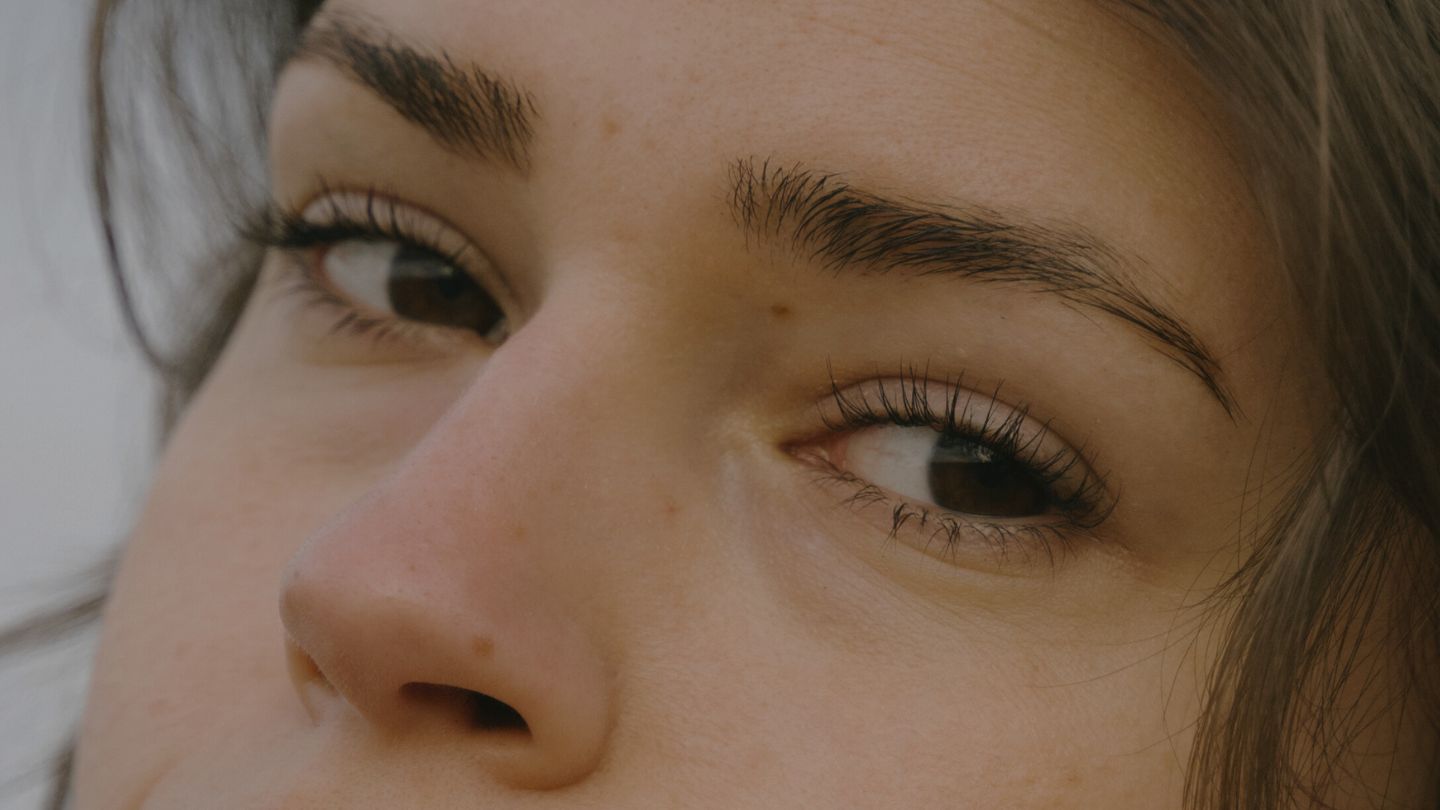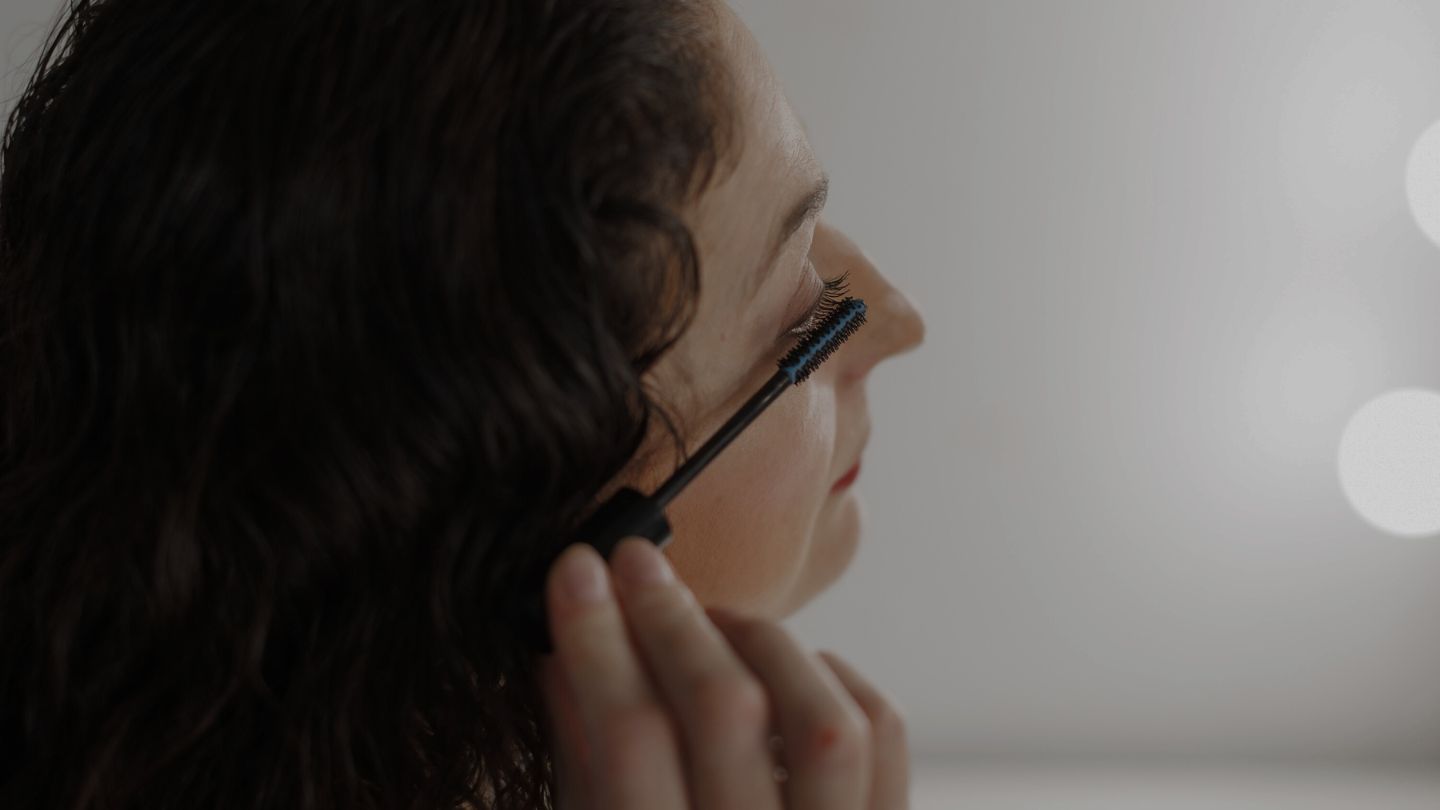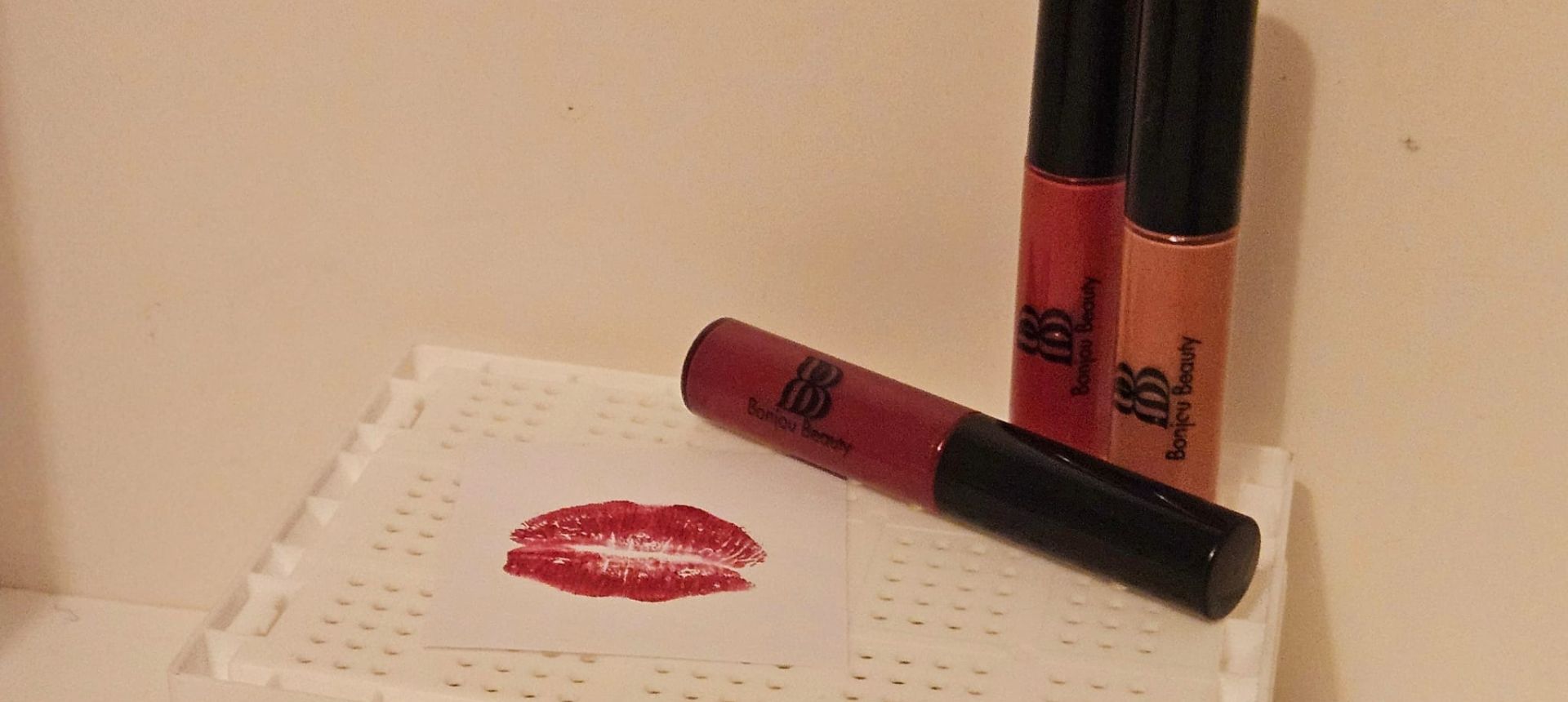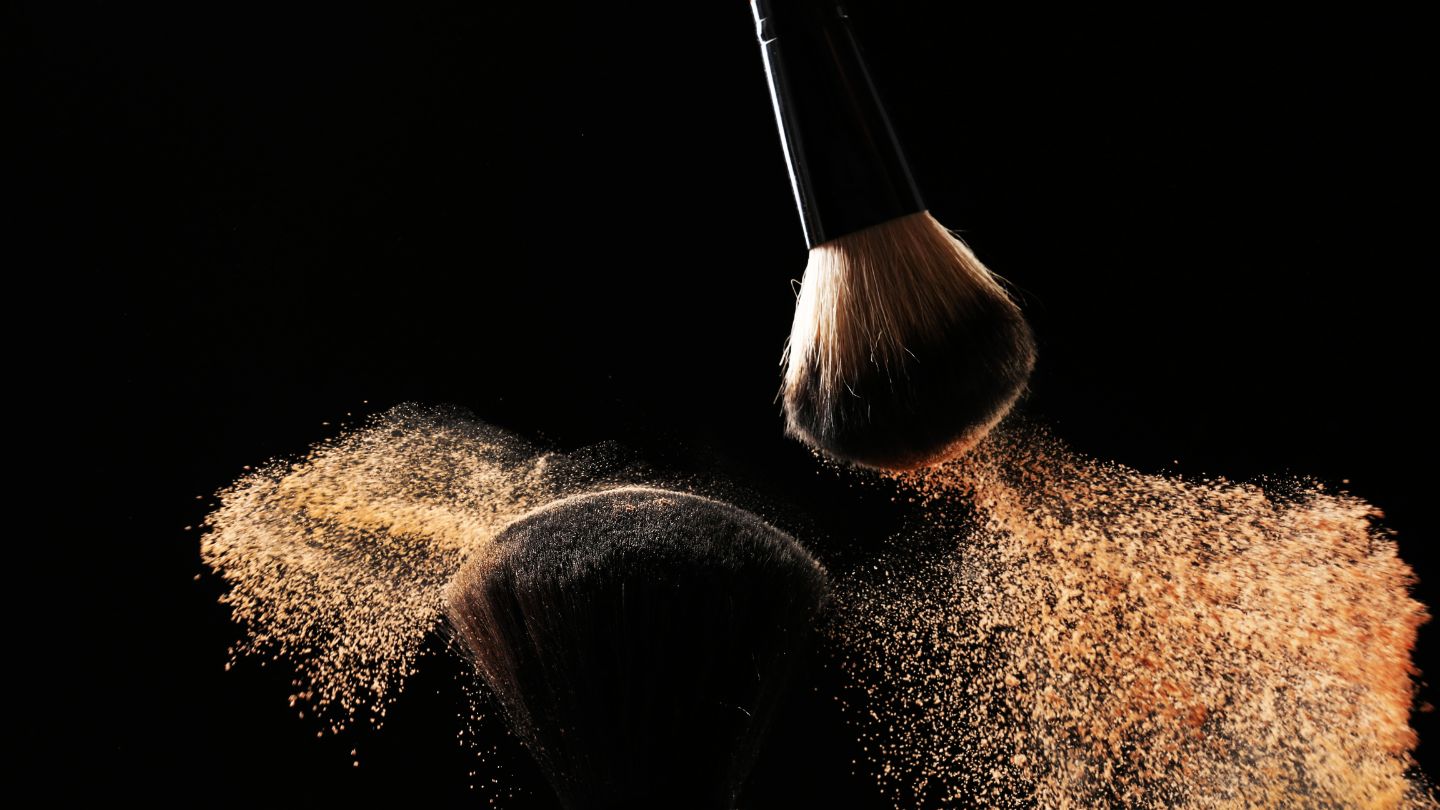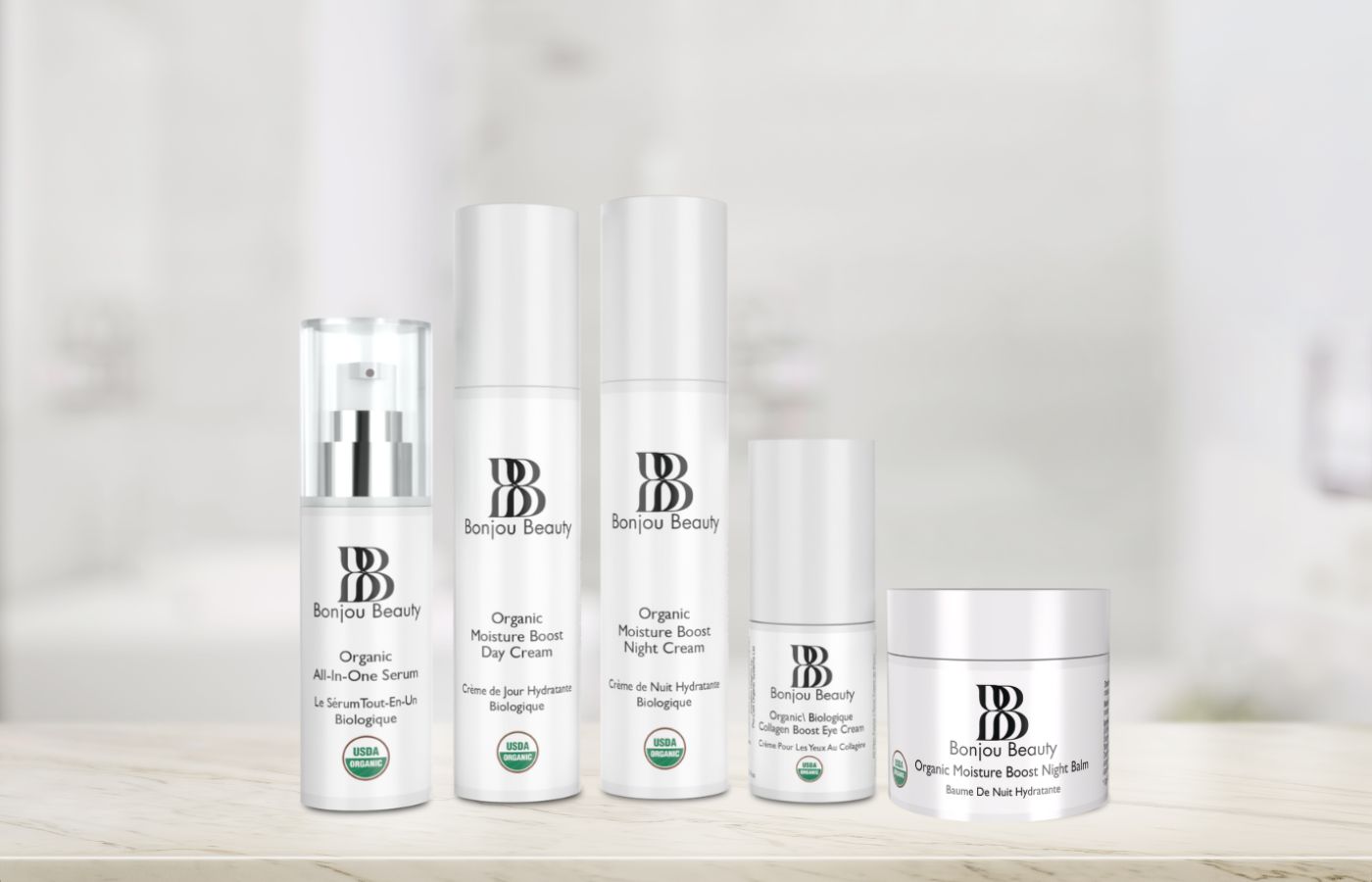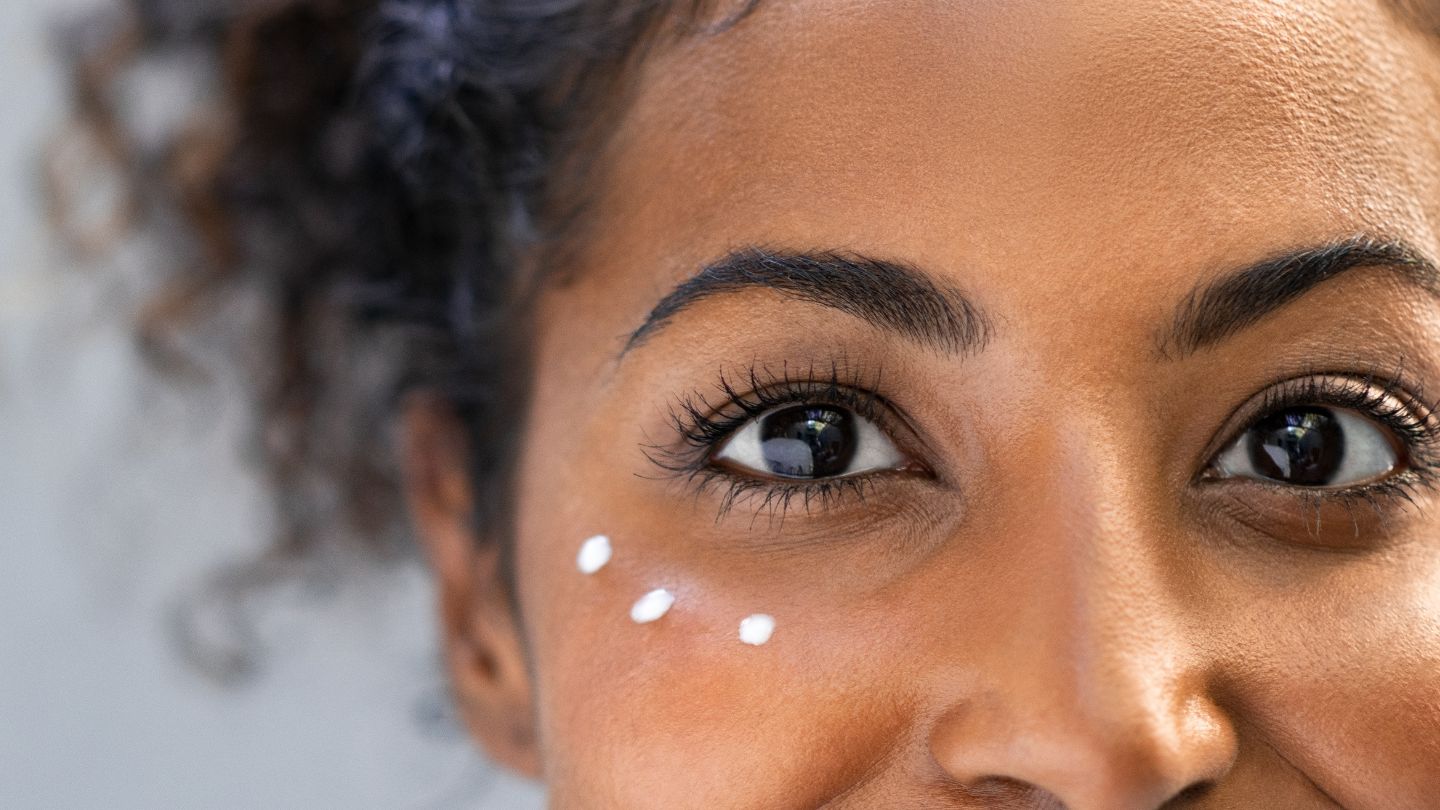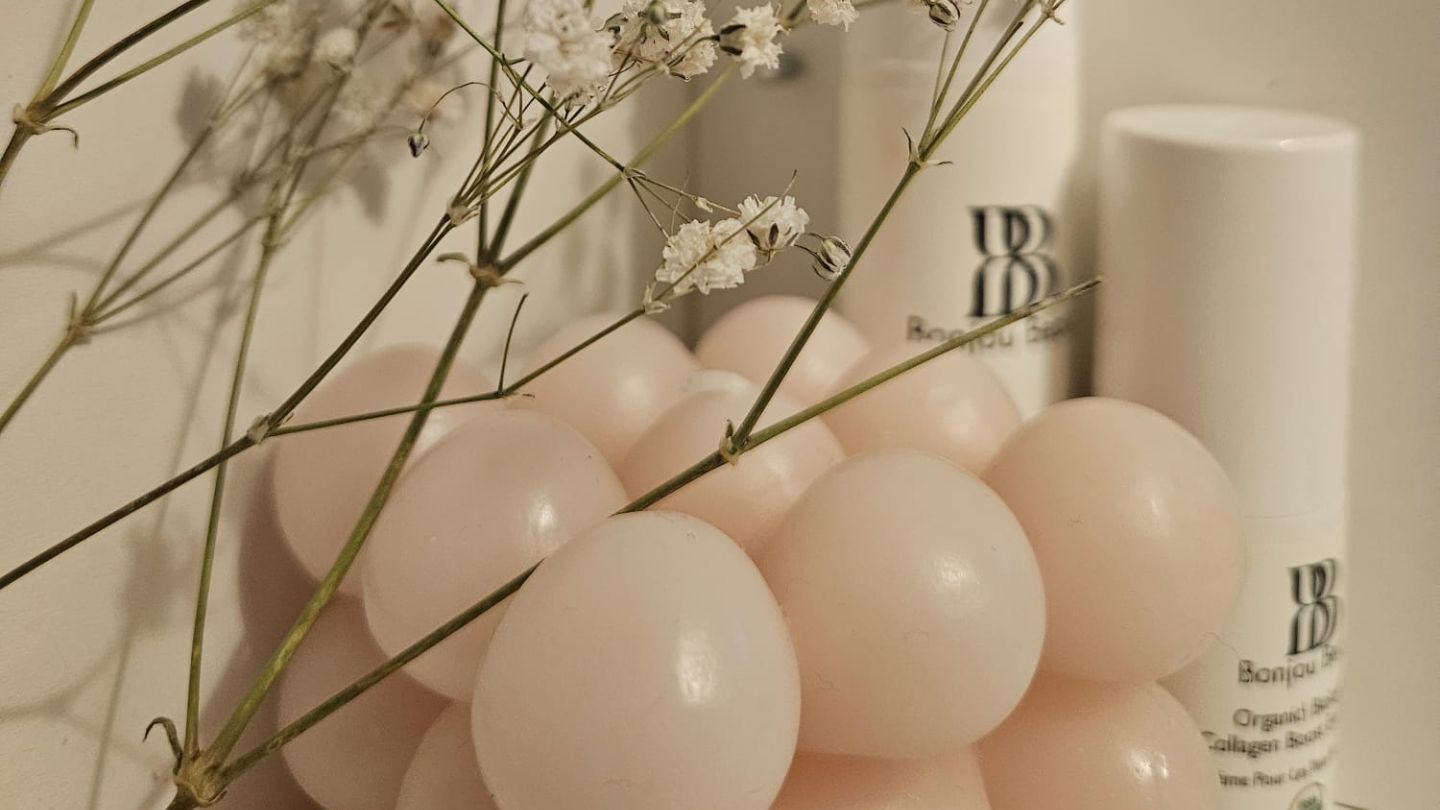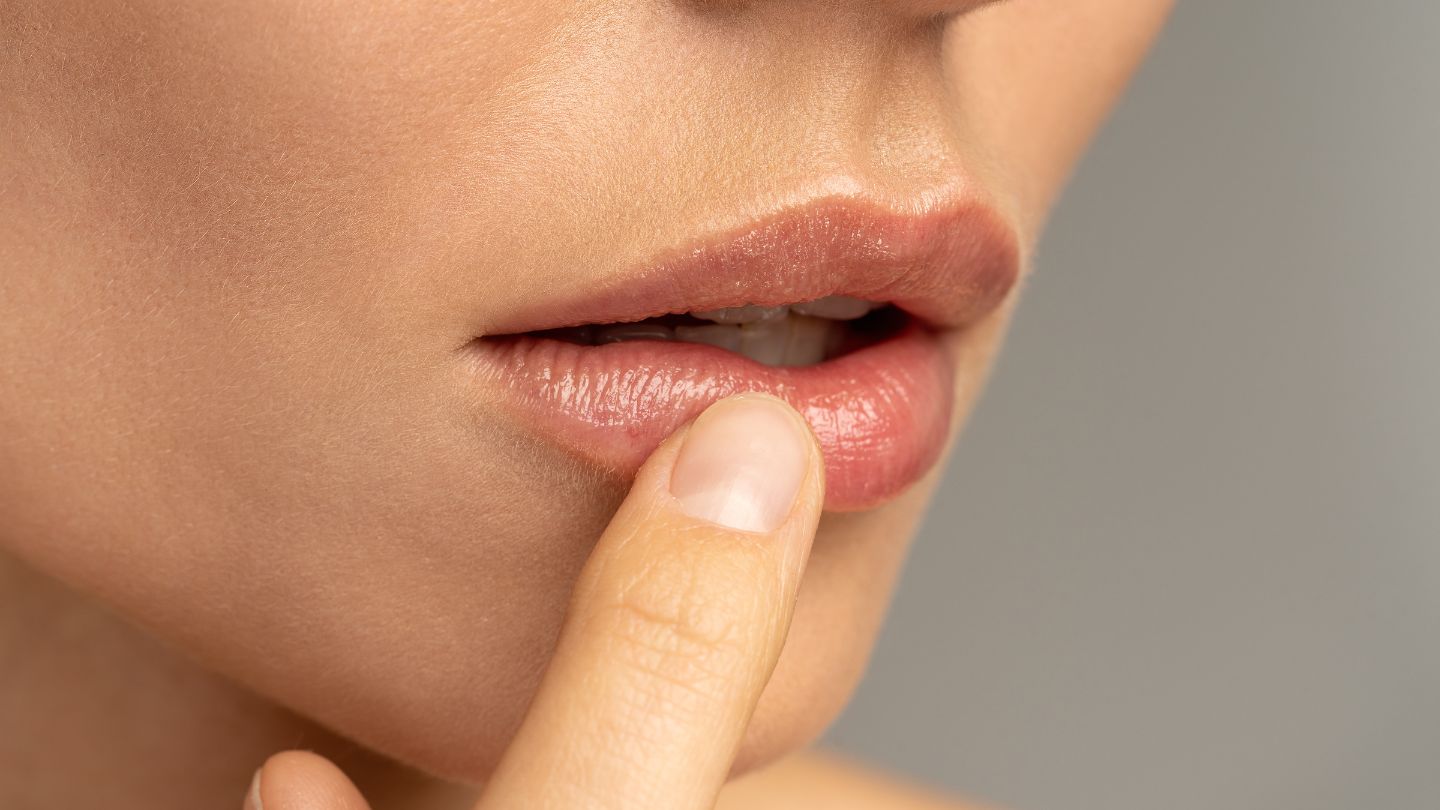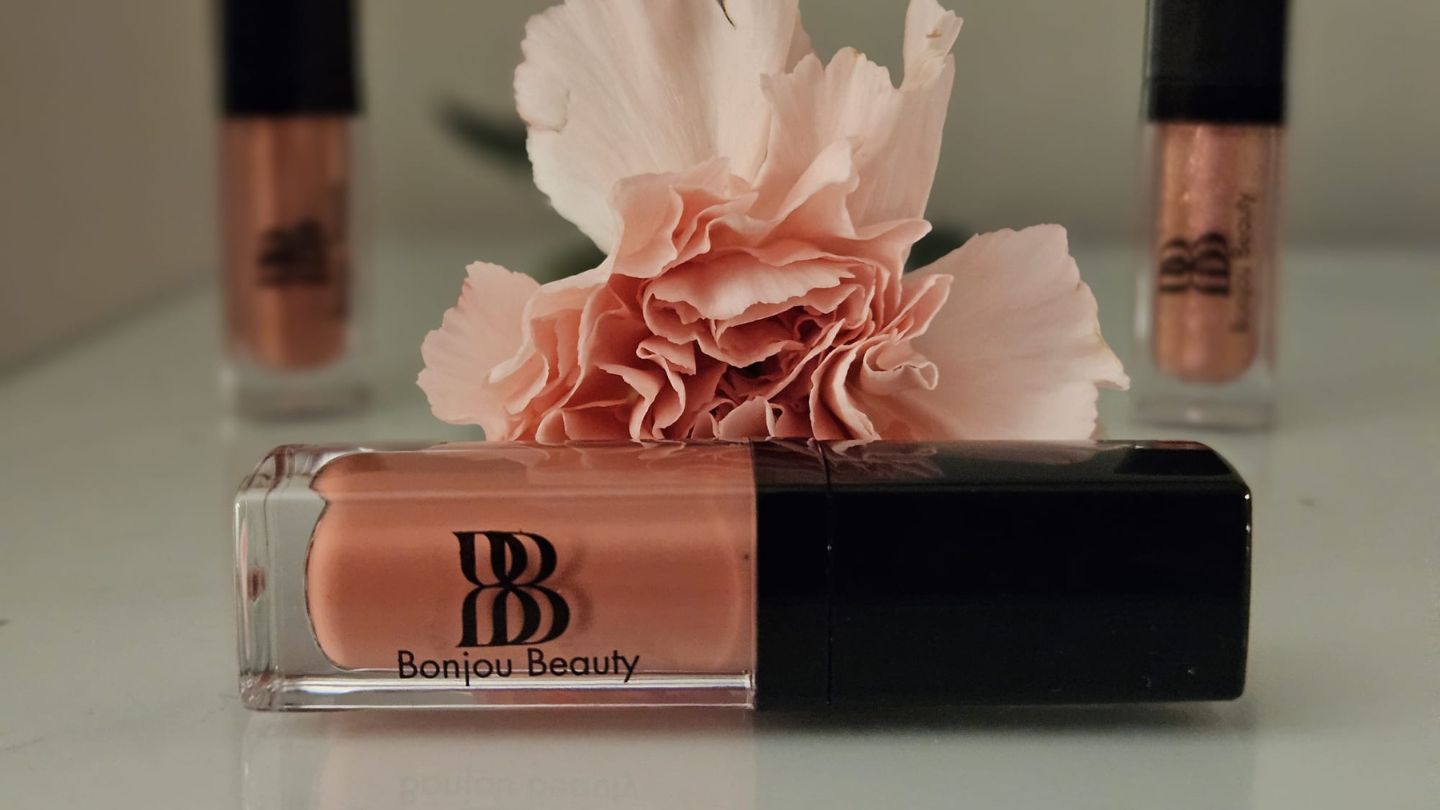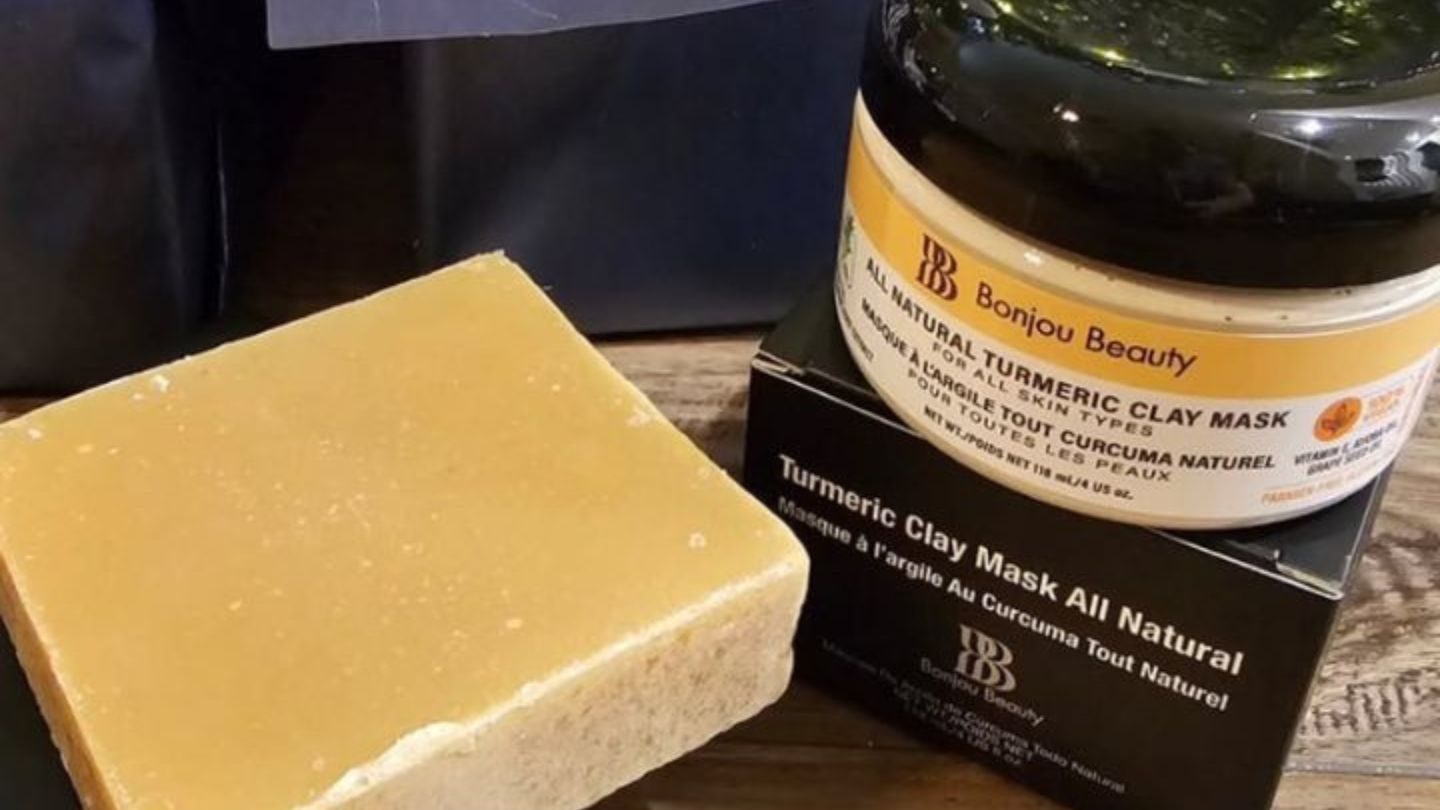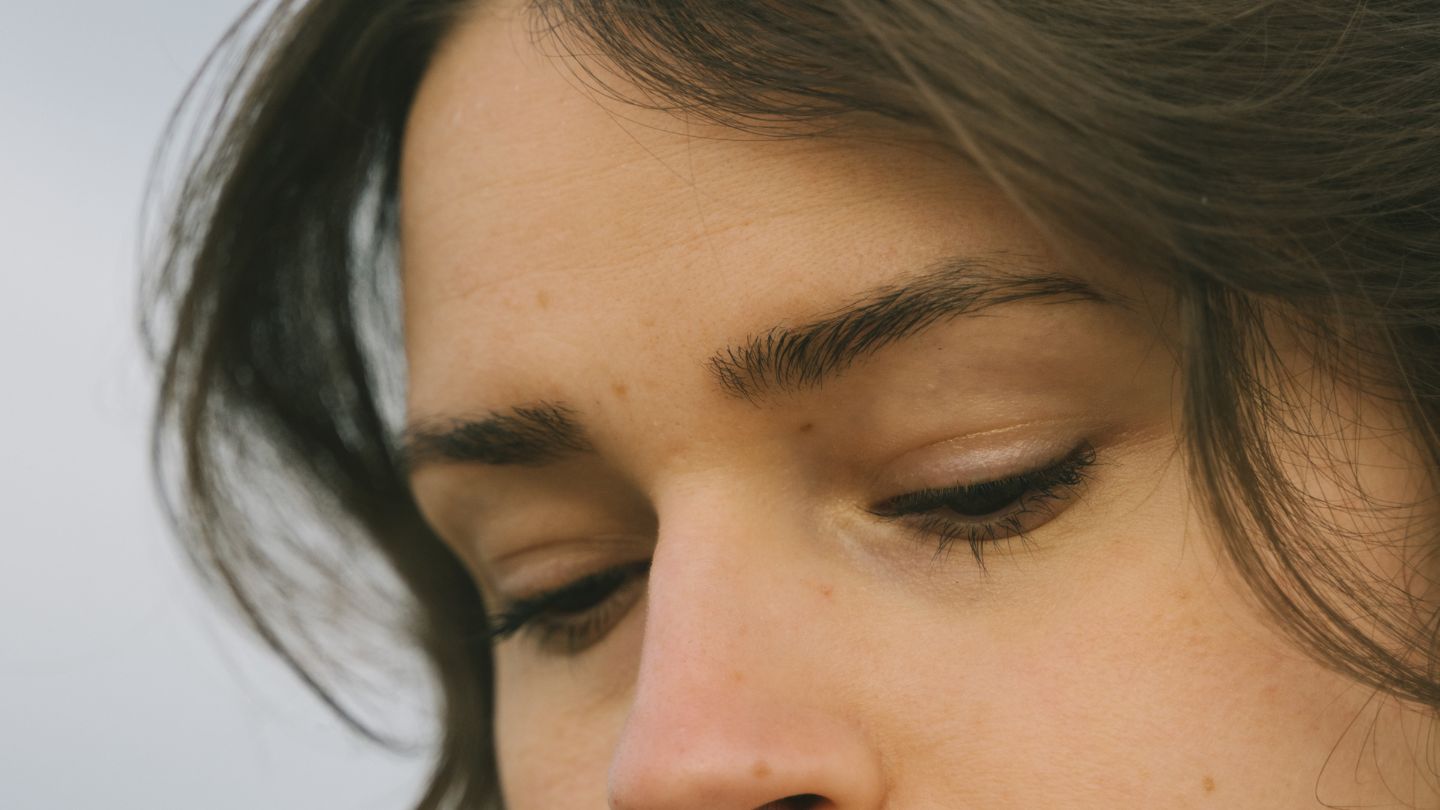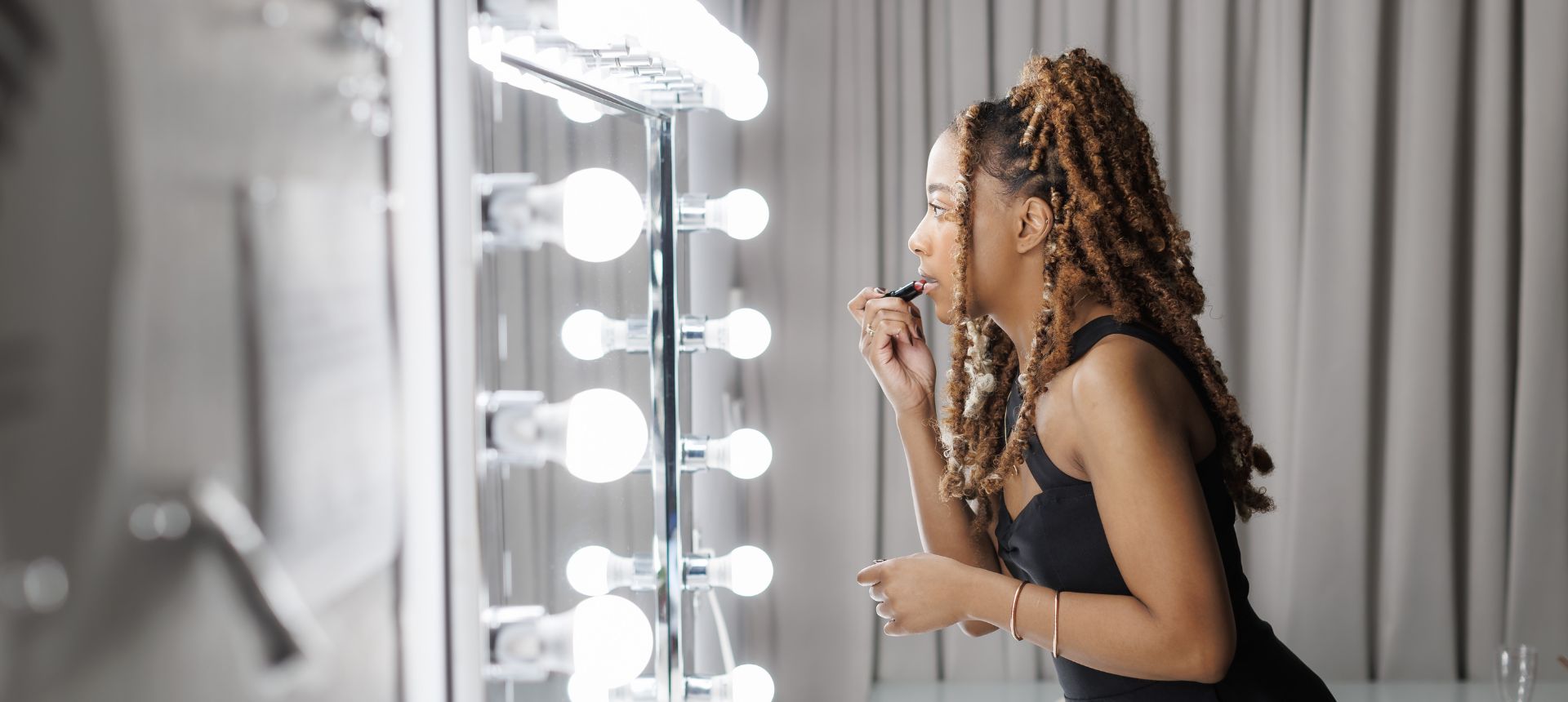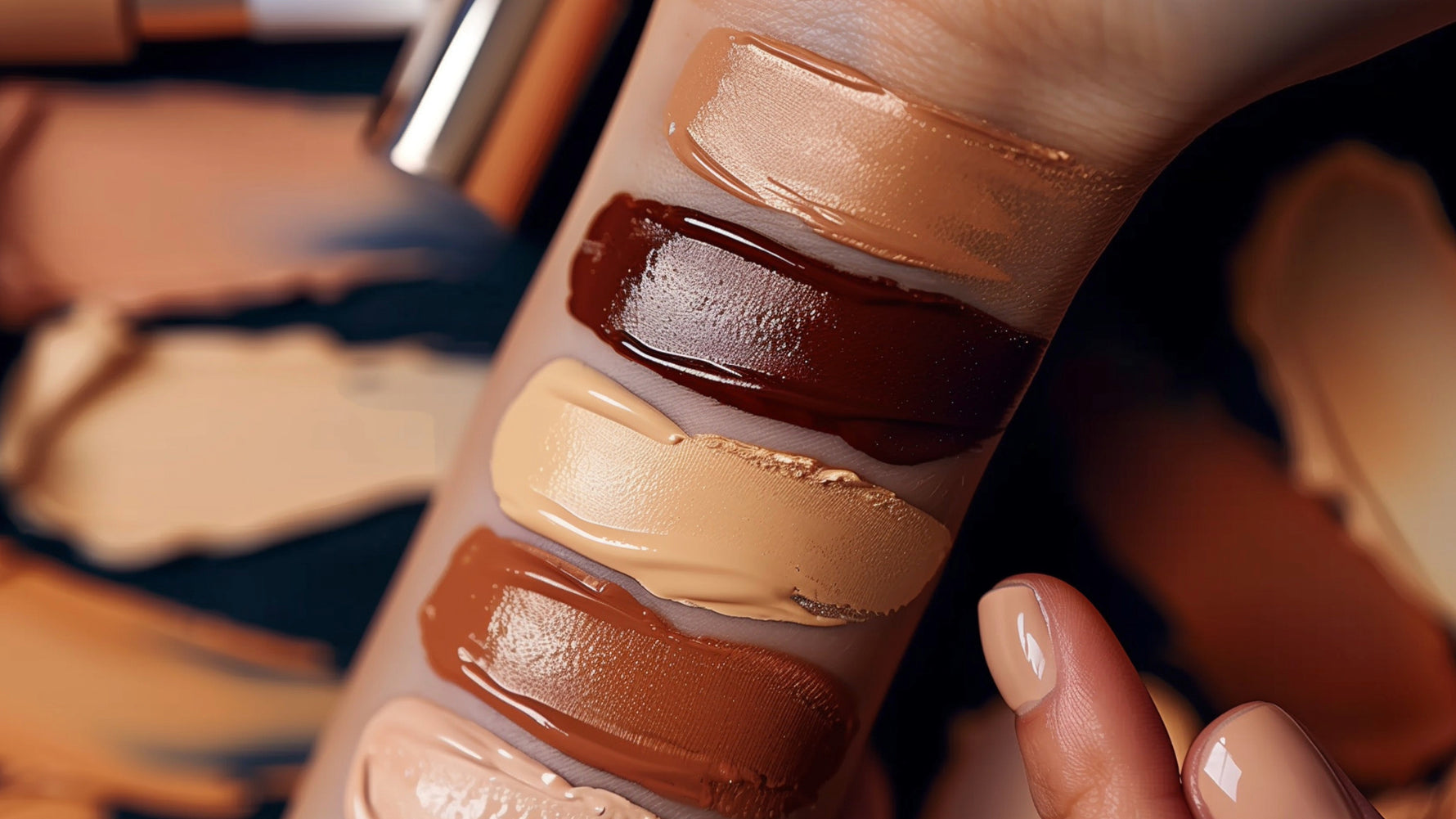This is part two of my 15 bad ingredients for your skin for anyone interested in what goes into the products that you use on your skin. There's a growing demand for toxin-free and more natural beauty products. It's hard to know what's what when it comes to which ingredients are harmful.
I've put together a list of some of the top toxins to look for in your beauty products listed in CFIA, FDA and ECHA guides (Canada, United States and Europe). I put links at the bottom of the article.
The list of the remaining eight isn't comprehensive but includes some alternate names you might see listed on your bottles.
Important to note: Look for the acronyms or alternate names on labels when shopping for beauty products because companies often use alternate names for known toxic chemicals.
8 of the 15 bad ingredients for your skin
1. Parabens
Butyl, propyl and ethyl parabens have been linked to hormone disruption. They are preservatives found in various cosmetics and are probably the most well-known ingredient to avoid based on a previous research paper that appeared to find traces of parabens in breast cancer tissue samples. Since then, formulas have changed to lower the amount used in cosmetics, but they may irritate people with sensitive skin.
On labels you want to look for:
- Propylparaben
- Methylparaben
- Ethylparaben
- Isopropylparaben
- Butylparaben
- Isobutylparaben
2. Talc
While talcum powder (talc) is often used as a smoothing agent in mineral makeup and is generally safe, it can potentially be contaminated with asbestos. Talc and asbestos can naturally form so closely together that mining practices cannot separate them properly. Asbestos is a known carcinogen (cancer-causing agent), and talc contaminated with it may be an issue for some.
On labels you want to look for:
- COSMETIC TALC
- FRENCH CHALK
- MAGNESIUM SILICATE TALC
- TALC
- TALC (MG3H2(SIO3)4)
3. Siloxanes
Also known as cyclical silicones, these compounds are found in various cosmetic and skincare products. This type of silicone is harmful to the environment and has been linked to endocrine disruption. The exception is Dimethicone which is considered safer.
On labels, you want to look for suffixes on ingredient names like:
- Siloxane, e.g. cyclotetrasiloxane
- Ethicone, e.g. methicone
- Silane, e.g. triethyoxycaprylylsilane
4. MEA, DEA and TEA
These are compounds (emulsifiers) found in foundation, mascara, and skincare products. They are known allergens to those with sensitive skin.
On labels you want to look for:
- Monoethanolamine (MEA)
- Diethanolamine (DEA)
- Triethanolamine (TEA)
5. Oxybenzone
Oxybenzone is a potential endocrine disruptor. It can be found in many skincare products that contain sunscreen, including lotions, lip balms, cleansers, fragrances, and even baby products.
On labels you want to look for:
- (2-HYDROXY-4-METHOXYPHENYL)PHENYL- METHANONE
- (2-HYDROXY-4-METHOXYPHENYL)PHENYLMETHANONE
- 2-BENZOYL-5-METHOXYPHENOL
- 2-HYDROXY-4-METHOXYBENZOPHENONE
- 4-08-00-02442 (BEILSTEIN HANDBOOK REFERENCE)
- 4-METHOXY-2-HYDROXYBENZOPHENONE
- ADVASTAB 45
- AI3-23644
- ANUVEX
- B3
- BENZOPHENONE, 2-HYDROXY-4-METHOXY-
- BENZOPHENONE-3
- BRN 1913145
- CCRIS 1078
- CHIMASSORB 90
- CYASORB UV 9
- CYASORB UV 9 LIGHT ABSORBER
- DURASCREEN
- EINECS 205-031-5
- ESCALOL 567
- HMBP
- HSDB 4503
- METHANONE, (2-HYDROXY-4-METHOXYPHENYL)PHENYL-
- METHANONE, (2HYDROXY4METHOXYPHENYL)PHENYL
- MOB
- MOD
- NCI-C60957
- NSC 7778
- NSC-7778
- ONGROSTAB HMB
- OXIBENZONA
- OXIBENZONUM
- OXYBENZON
- OXYBENZONE
- OXYBENZONE (BENZOPHENONE-3)
- OXYBENZONE 6
- OXYBENZONUM
- SOLAQUIN
- SPECTRA-SORB UV 9
- SUNSCREEN UV-15
- SYNTASE 62
- UF 3
- USAF CY-9
- UV 9
- UVINUL 9
- UVINUL M40
- UVISTAT 24
6. Octinoxate
Octinoxate is a common sunscreen ingredient found to be a hormone disruptor in some. It may also be an allergen to people with sensitive skin.
On labels, you want to look for
- 2-ETHYLHEXYL P-METHOXYCINNAMATE
- 2-ETHYLHEXYL 4-METHOXYCINNAMATE
- 2-ETHYLHEXYL ESTER 2-PROPENOIC ACID, 3-(4-METHOXYPHENY L)-
- 2-ETHYLHEXYL ESTER 3-(4-METHOXYPHENYL)-2-PROPENOIC ACID
- 2-ETHYLHEXYL ESTER P-METHOXYCINNAMIC ACID
- 2-ETHYLHEXYL METHOXYCINNAMATE
- 2-ETHYLHEXYL P-METHOXYCINNAMATE
- 2-ETHYLHEXYL-4-METHOXYCINNAMATE
- 2-PROPENOIC ACID, 3-(4-METHOXYPHENY L)-, 2-ETHYLHEXYL ESTER
- 2-PROPENOIC ACID, 3-(4-METHOXYPHENYL)-, 2-ETHYLHEXYL ESTER
- 2-PROPENOIC ACID, 3-(4-METHOXYPHENYL)-, 2-ETHYLHEXYL ESTER;2-ETHYLHEXYL-P-METHOXYCINNAMATE
- 2PROPENOIC ACID, 3(4METHOXYPHENYL), 2ETHYLHEXYL ESTER
- 3-(4-METHOXYPHENY L)- 2-ETHYLHEXYL ESTER 2-PROPENOIC ACID
- 3-(4-METHOXYPHENYL)-2-PROPENOIC ACID, 2-ETHYLHEXYL ESTER
- AI3-05710
- CCRIS 6200
- EINECS 226-775-7
- ESCALOL
- ETHYLHEXYL METHOXYCINNAMATE
- NEO HELIOPAN
- NSC 26466
- OCTINOXATE
- OCTINOXATE (OCTYL METHOXYCINNAMATE)
- OCTYL METHOXYCINNAMATE
- OMC
- P-METHOXYCINNAMIC ACID, 2-ETHYLHEXYL ESTER
- PARSOL MOX
7. Homosalate
Homosalate is another chemical commonly used in sunscreens as a UV absorber. Like the others on this list, it can be a hormone disruptor. Sunlight breaks down the chemical into harmful byproducts.
On your labels, you want to look for:
- 2-HYDROXY- 3,3,5-TRIMETHYLCYCLOHEXYL ESTER BENZOIC ACID
- 3,3,5-TRIMETHYL- SALICYLATE CYCLOHEXANOL
- 3,3,5-TRIMETHYLCYCLOHEXYL 2-HYDROXYBENZOATE
- 3,3,5-TRIMETHYLCYCLOHEXYL ESTER BENZOIC ACID, 2-HYDROXY-
- 3,3,5-TRIMETHYLCYCLOHEXYL SALICYLATE
- BENZOIC ACID, 2-HYDROXY-, 3,3,5-TRIMETHYLCYCLOHEXYL ESTER
- BENZOIC ACID, 2HYDROXY, 3,3,5TRIMETHYLCYCLOHEXYL ESTER
- CASWELL NO. 482B
- CCRIS 4885
- COPPERTONE
- CYCLOHEXANOL, 3,3,5-TRIMETHYL-, SALICYLATE
- EINECS 204-260-8
- EPA PESTICIDE CHEMICAL CODE 076603
- FILTERSOL ''A''
- HELIOPAN
- HELIOPHAN
- HOM
- HOMOMENTHYL SALICYLATE
- HOMOSALATE
- HOMOSALATO
- HOMOSALATUM
- M-HOMOMENTHYL SALICYLATE
- METAHOMOMENTHYL SALICYLATE
- NSC 164918
- SALICYLATE CYCLOHEXANOL, 3,3,5-TRIMETHYL-
- SALICYLIC ACID, 3,3,5-TRIMETHYLCYCLOHEXYL ESTER (8CI)
- SALICYLIC ACID, M-HOMOMENTHYL ESTER
8. Resorcinol
Resorcinol, a common ingredient in hair colour and bleaching products, is linked to skin irritation and immune system dysfunction in some.
On labels you want to look for:
- 1,3-BENZENEDIOL
- 1,3BENZENEDIOL
- 3-HYDROXYPHENOL
- CI DEVELOPER 4
- M-DIHYDROXYBENZENE
- M-HYDROQUINONE
- M-PHENYLENEDIOL
- OXIDATION BASE 31
- RESORCIN
- RESORCINOL
References that you can also use for your own research.
CFIA prohibited cosmetics ingredients in Canada
FDA prohibited cosmetics ingredients in the USA
European Union Chemical Agency prohibited cosmetic ingredients
United States National Toxicology Program
I hope you found the two lists of bad ingredients for your skin helpful as you look for your skincare and makeup products.
Check out 15 bad ingredients for your skin part 1 for the rest of the list.
